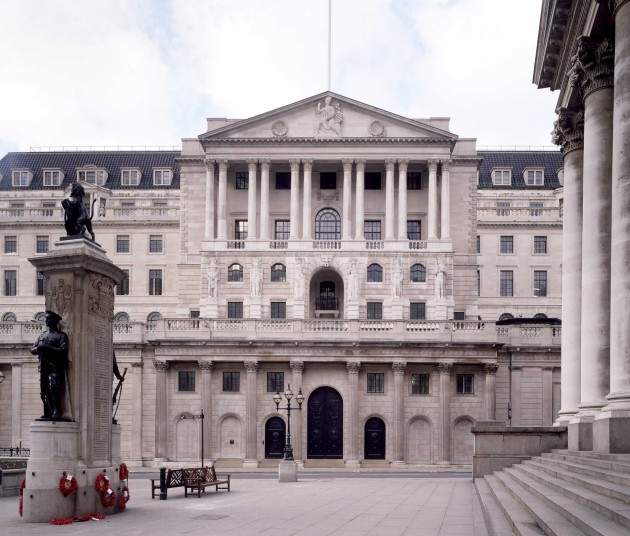A guide to building climate-financial scenarios for financial institutions
Topics: Economics and Finance
Type: Briefing paper
Publication date: January 2021
Download
Summary
Authors: Alexandre Köberle, Gaurav Ganguly, Anastasiya Ostrovnaya
 This briefing considers how the financial sector can manage the risks associated with moving to a zero-carbon future. The paper outlines why it is essential for financial institutions to understand so-called climate transition scenarios, which explore this journey to a zero-carbon future. The paper also sets out a framework that financial institutions can use to construct, or understand and use, climate transition scenarios in the context of financial sector risk management.
This briefing considers how the financial sector can manage the risks associated with moving to a zero-carbon future. The paper outlines why it is essential for financial institutions to understand so-called climate transition scenarios, which explore this journey to a zero-carbon future. The paper also sets out a framework that financial institutions can use to construct, or understand and use, climate transition scenarios in the context of financial sector risk management.
Headlines
- The financial system needs to develop understanding of the channels through which significant greenhouse gas emission reductions – the climate transition – will affect economic activity and influence financial risk and returns on investments.
- The ultimate aim of climate financial scenarios has to be to enable assessment of risk and reward at the level of the economic agents that financial firms have exposure to. This is a different goal to that of policy-oriented scenarios of greenhouse gas emission reductions which aim to identify the mix of actions aligned with temperature and emission targets.
- Climate transition scenario analysis should be incorporated into both risk management and strategic planning activities. For risk management purposes, scenarios should help deepen understanding of climate related drivers of market, credit, operational and other risks. For strategic planning, firms need to identify the changes to their business models necessary to support the transition to a lower carbon economy.
- One size does not fit all, and scenarios need to address the scope, size and exposures of individual firms.
- A single scenario will not answer all questions. To capture the full extent of uncertainty associated with climate transition, financial firms need to develop multiple scenarios that present different, plausible visions of climate risks and opportunities.
- To help users understand the financial implications of climate change, scenarios should contain well-developed narratives. Transition scenarios are complex and require rich narratives to explain policy and technological assumptions, develop missing elements, and provide the right information about economic agents’ behaviours.
- Transition scenarios need to provide an interface between policy and technological assumptions and financial risk models. The financial industry will need to develop additional scenario related modelling capabilities as Integrated Assessment Models (IAMs) are unable to provide all the information financial firms require.
- Climate financial scenario analysis is challenging. The climate transition will create structural economic change that is not straightforward to model. Significant uncertainty around the timing and sequencing of actions to reduce greenhouse gas emissions make it difficult to estimate the financial implications. Finally, financial institutions do not have all the data they need to link mitigation pathways to client-level financial models.
Download: A guide to building climate-financial scenarios for financial institutions [PDF]
[Image: Bank of England (c) Bank of England | CC BY-ND 2.0]


